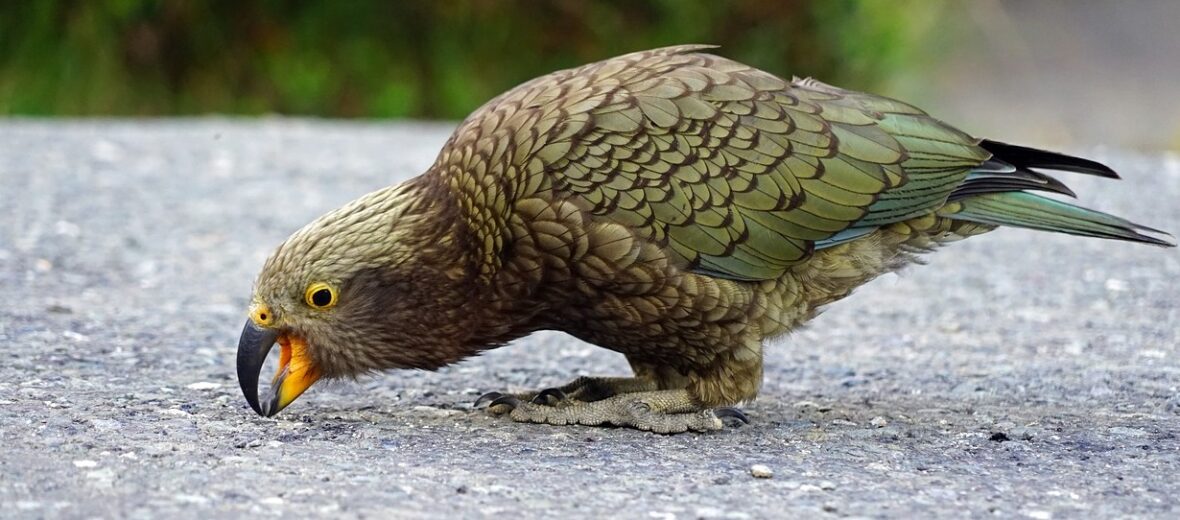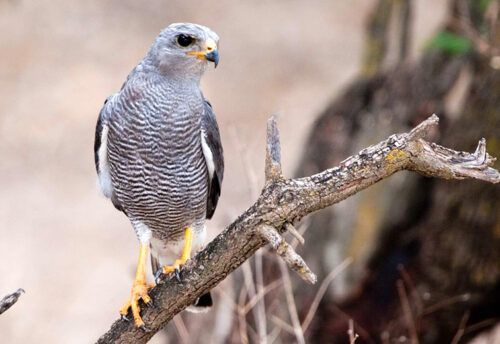
The kea parrot, aka the New Zealand Mountain Parrot, is a native of the mountains of New Zealand’s South Island. They are entertaining and playful birds that attract tourists from all over. The kea parrot has 4 toes on each foot and is a zygodactyl (2 toes pointing forward and 2 pointing backward). They are a little crazy too as they will attack cars for their wiper blades. They have fun rolling around in the snow and taking baths in puddles of thawed ice and snow and, when in the air, they will perform aerobatics in strong winds. They’ve also obtained a craving for fast food. This article is on special request from my friend, Sam.
First the Stats…
Scientific name: Nestor notabilis
Weight: Up to 1.9 lbs.
Length: Up to 19 inches
Wingspan: Up to 3 feet
Lifespan: Up to 50 years
Now on to the Facts!
1.) Kea like to dig grubs out of rotten logs and roots from the ground. But in the winter, they seek food from humans.
2.) Some people believe the kea’s intelligence to be that of a 4 year old child! So, as smart as many politicians.
3.) The Kea parrot is primarily a mountain bird being found from around 1,800 – 6,000 foot elevations.
4.) They are very entertaining birds and enjoy showing off in front of spectators, with various antics, like side-hopping and vocalizations.
5.) These birds are also very clever at entering buildings. Once there, they make a mess by chewing on everything.
But wait, there’s more on the kea parrot!
6.) Their primary diet consists of roots, leaf buds, seeds, berries, fruit, blossoms, nectar, carrion, insects, and comfort food.
7.) Keas are monogamous (mate for life).
Did you know…?
Kea Parrots are classed as “Vulnerable” by the IUCN and their numbers are declining.
8.) Breeding season is between July – October.
9.) The female lays between 2 – 5 eggs.
10.) The keas breed once a year, unless the eggs are eaten by predators. Then they will reproduce again.
Now a Short Kea Parrot Video!
Also, check out the Critter Science YouTube channel. Videos added frequently!
Want to suggest a critter for me to write about? Let me know here.



